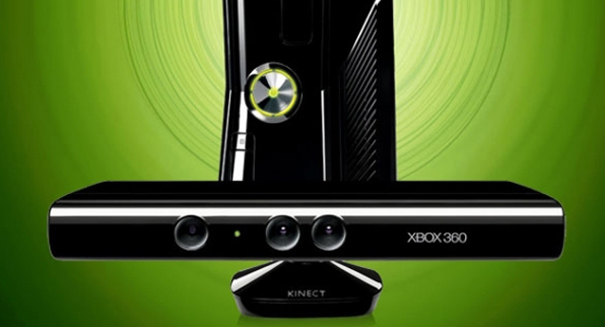
The cockroaches could tiny speakers into collapsed building, allowing rescuers to communicate with survivors.
NC State researchers have turned to Microsoft’s Kinect to remotely control cockroaches on autopilot, with a computer navigating the cockroach through an environment. The researchers are utilizing Kinect technology to keep track of how the cockroaches deal with the remote control. Eventually, they hope to find ways that cockroaches on autopilot can be utilized to map collapsed buildings and other disaster zone scenarios.
The researchers enter a digitally plotted path for the cockroach, and employ Kinect to track the cockroach’s movement in a controlled environment. The autopilot program then utilizes the video game technology’s tracking data to automatically move the roach along the appropriate path.
Remotely controlled cockroaches are not the only new piece of technology being created for disaster zone assistance, as well as search and rescue operations. For many years, DARPA has been at the forefront of efforts to develop robotic technology for search and rescue operations. For example, DARPA’s Pet-Proto robot can climb and jump over obstacles.
Imagine the following scenario: You have just been hit by a tornado and you are surrounded by debris. Unfortunately, the environment is too risky for rescue workers to climb through, but DARPA’s Pet-Proto robot has the capability to make its way towards you, bringing much-needed relief in the form of water and food, as well as the hope of eventually being rescued.
Though the remotely controlled cockroach cannot bring you food or water, it may be able to carry small speakers so that rescuers can communicate with you and find out where you are located, according to Alper Bozkurt, an assistant professor of electrical and computer engineering at NC State. The roaches would also be given tiny microphone so that rescuers could listen for survivors in collapsed structures.
Ultimately, Bozkurt and his team want to develop a group of cockroaches that can examine and map disaster zones. The autopilot program would steer the cockroaches, moving them on the most efficient routes to offer rescuers with the best view of the situation.
Though Bozkurt and his colleagues had previously created the technology that would give them the ability to steer cockroaches remotely, the use of Kinect to put together an autopilot program and monitor the precise response of the cockroaches to electrical signals is new.
The researchers have connected the interface that steers the cockroach to the insect’s antennae and cerci. The wires connected to the cerci are used to move the cockroach, while the wires connected to the antennae tell the cockroach that is has encountered some sort of barrier, forcing it to move in the opposite direction.
What do you think of this marriage of video game technology and the insect world?
Leave a Reply